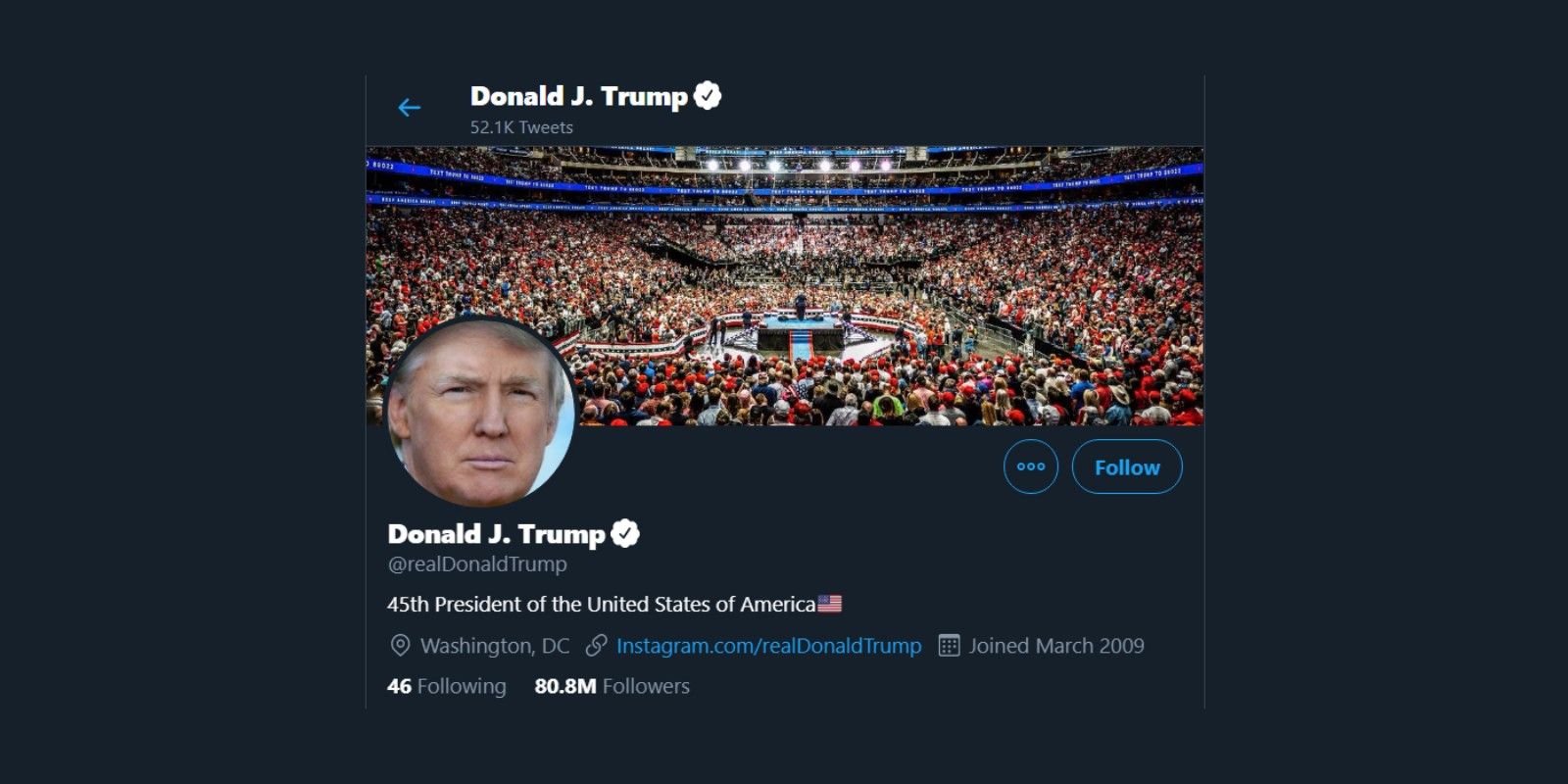United States President Donald Trump has a long history of using Twitter to complain about Twitter. He may be taking action only now, but the Commander-In-Chief has issued threats to the platform for years.
The latest chapter in Trump v. Twitter is an executive order issued Thursday. The order came after Trump tweeted that mail-in ballots are highly susceptible to voting fraud, which is false. Per Twitter's new policy on sharing misinformation, the site labeled the inaccurate tweet with a link to learn more about mail-in ballots. President Trump was unhappy about having his incorrect post labeled with a source to the correct information, and responded with this executive order.
However, Trump has pushed for some kind of action against social media for years. In his view, and the eyes of conservative America, social media platforms have a liberal, left-leaning bias and support the Democratic party. Conservatives claim that bias leads to a disproportionate amount of blocked pro-Republican posts. Years of independent, partisan studies have proven this claim untrue but, historically, conservatives have claimed media bias since before the internet existed, never to be proven correct, so the facts don't matter this time, either. Here's a look at Trump's history of battles with Twitter.
A Poor Interpretation of Bias
Trump's campaign against anti-Republican bias that doesn't actually exist has been incredibly consistent. It's such a large part of his presidential agenda that there was a Social Media Summit held at the White House in 2019, focused on allowing conservatives to complain about being censored. In practice, it was mostly a right-wing-only echo chamber of people misinterpreting moderation policies and praising Donald Trump. These claims are fueled by tweets like this one:
It's difficult to explain why people were "removed" from Trump's account given that he provided no source or proof but if he did actually monitor his follower count and notice a decrease, it may be explainable. In July of 2018, Twitter removed millions of bot accounts across the platform. The move could have impacted Donald Trump's account, but it also impacted Barack Obama's and lots of other prominent accounts that would have had bot followers. The claim that Twitter did "something that makes it much harder to join" seems entirely baseless, though.
A trip through Trump's Twitter history reveals one potential reason he, and right-wing political commentators, believe they're being silenced: they don't seem to understand how social media platforms work. The James Woods situation, for example was a temporary ban that he was told would only until he deleted a post encouraging men to refrain from voting. It was a clear violation of Twitter's policies. Similarly, an alt-right conservative once tried to sue Twitter for banning him over one post. The post was asking followers for donations to help him murder a Black Lives Matter activist.
Examples like these indicate that these people don't realize Twitter is not a public forum for free speech. The site, like other platforms, has policies for moderation by choice. If they wanted to, every social media platform could randomly ban whomever it felt like, and face no legal consequences. And ironically, according to analysis group Media Matters, conservative posts are more common on some platforms and get significantly more engagement than posts from unbiased or left-wing publishers. So, not only is the perceived anti-conservative bias nonexistant, but the data shows people who identify with that political alignment have a much stronger presence on social media.
Source: Media Matters, Donald Trump [Twitter]

